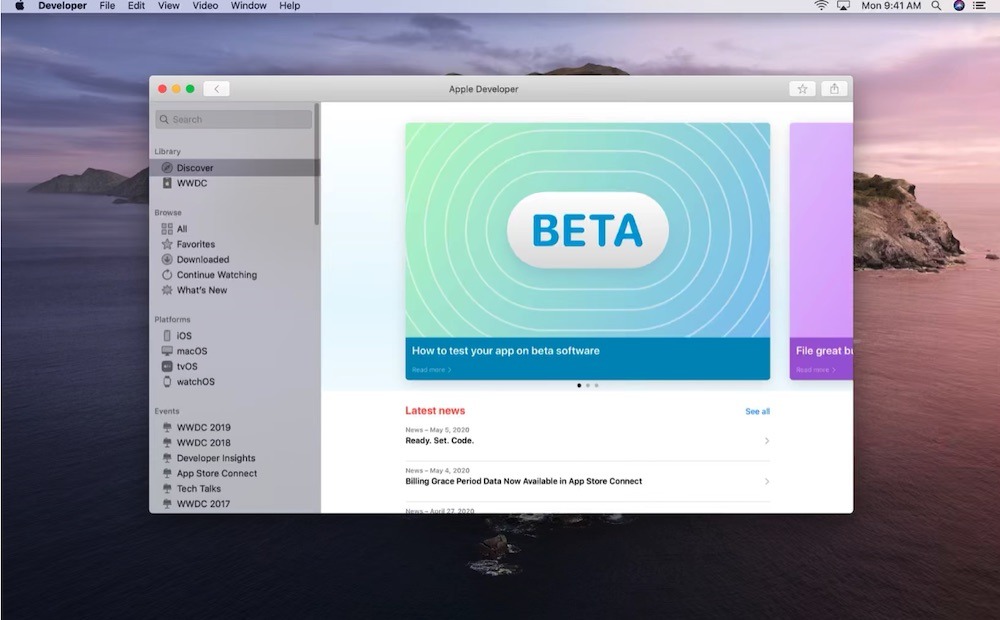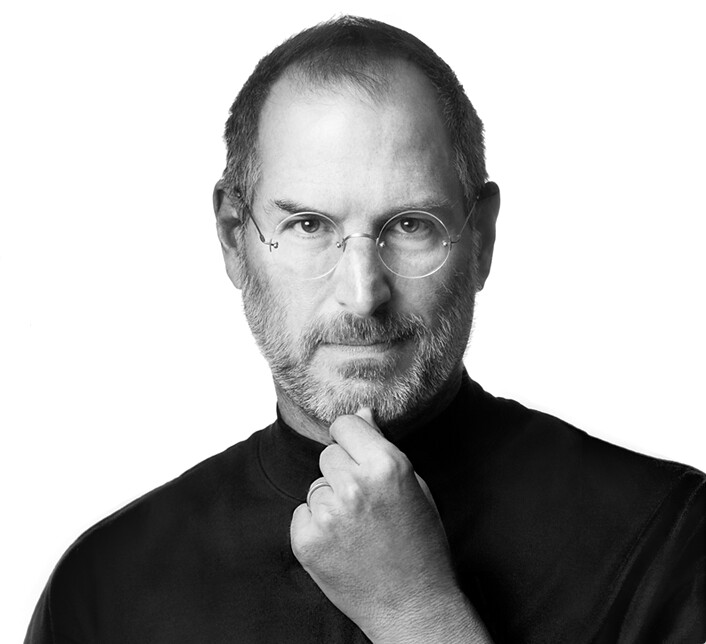One week ahead of WWDC, Apple adds Mac support to its Developer app
Apple launched the Apple developer app in late 2019. The app was available only for the iPhone, iPad, and Apple TV users until now. Yesterday, Apple announced the redesigning of the app so that it can provide Mac support. This is for the first time that Mac users will be able to use the Apple Developer app. Last month, Apple announced that its WWDC (Worldwide Developers Conference) will take place online starting from 22nd June. So, did Apple plan to launch the updates just one week before WWDC? Including features to support Mac users is a very good decision especially when WWDC20 will be a virtual experience.
Redesigning and feature updates of the Developer app
Not only Apple added Mac support to the Developer app but also many changes took place for its user interface. Some new features have been added, regular updates of content for the discover section, etc. The changes that have taken place in the Apple Developer app have been mentioned below:
- New UI for Mac OS: A new user interfaces for the Mac developers since Apple is launching it for them the first time.
- Redesigning the Discover section: Staying updated around the clock is very important. This made Apple redesign the discover section of the app. So, from today onwards it will be easier for the users to stay informed about the latest stories, news, videos, etc. Apple will update the Discover section with “Actionable” content and Apple notes. And, to inspire the developers and users it will also post stories of successful engineers and designers.
- A new browse interface: The browse tab has also been updated. It will help the users surf the existing articles, videos, news, sessions, etc.
- The WWDC corner: Since WWDC20 will start on 22nd June, the company has taken a lot of time to design and update the WWDC tab. Over hundreds of videos can be found in this tab that is especially focused on the design and technical topics. In this tab, you will find everything you need to know about the live event of WWDC.
Apart from all these features, the users can also download or favorite any article they like for later. The same goes for videos as well. Apple has also added new iMessage stickers to make it more appealing and fun to use.

Importance of Apple Developer App
For a long time now, the developers around the world are working towards making their community stronger. Learning new techniques, reading stories of inspirational designers are always advantageous to the users. At the end of the day, they are creating apps that can serve many purposes for various fields.
Apple said that the Developer app helps the users stay informed, learn a new skill which further helps them to create better apps. When Apple introduced the Developer app in November 2019, it was an updated version of the WWDC app. It was mainly for Apple’s third-party developer’s community. Because Apple thought it is crucial to share key resources of assets with them. It will make them learn, grow, and get better.
The new app, that is, the Apple Developer app wants to target international developers as well. They want to extend the accessibility of the resources to developers in Brazil, India, and Indonesia.
Pandemic shifted WWDC online
The annual conference of Apple, WWDC is very prestigious and valuable in terms of the developer’s community, talking about new products, upcoming technology, etc. Every year the conference goes on for a week in-person. But, the pandemic has altered so many plans and events from our schedule.
Apple says WWDC20 is supposed to be the biggest one till now bringing 23 million developers together. The company has already declared that the conference will take place by online-only means from 22nd June to 26th June. The conference is the perfect tech hub for all the tech lovers to come and meet other developers and speak about the new software. Though the event will take place for five days like every other year, the impact is doubtful.

Annasha Dey is an NIT student, who apart from studying engineering is also a content writer. She has a great interest in photography, writing, reading novels, and travelling as well. She is a foodie who loves socializing and hanging out with her friends. She is also a trained Kathak dancer and a big fashion enthusiast. Dey also loves watching TV series, which includes F.R.I.E.N.D.S. and Big Bang Theory. To be a better writer she prefers to read more


